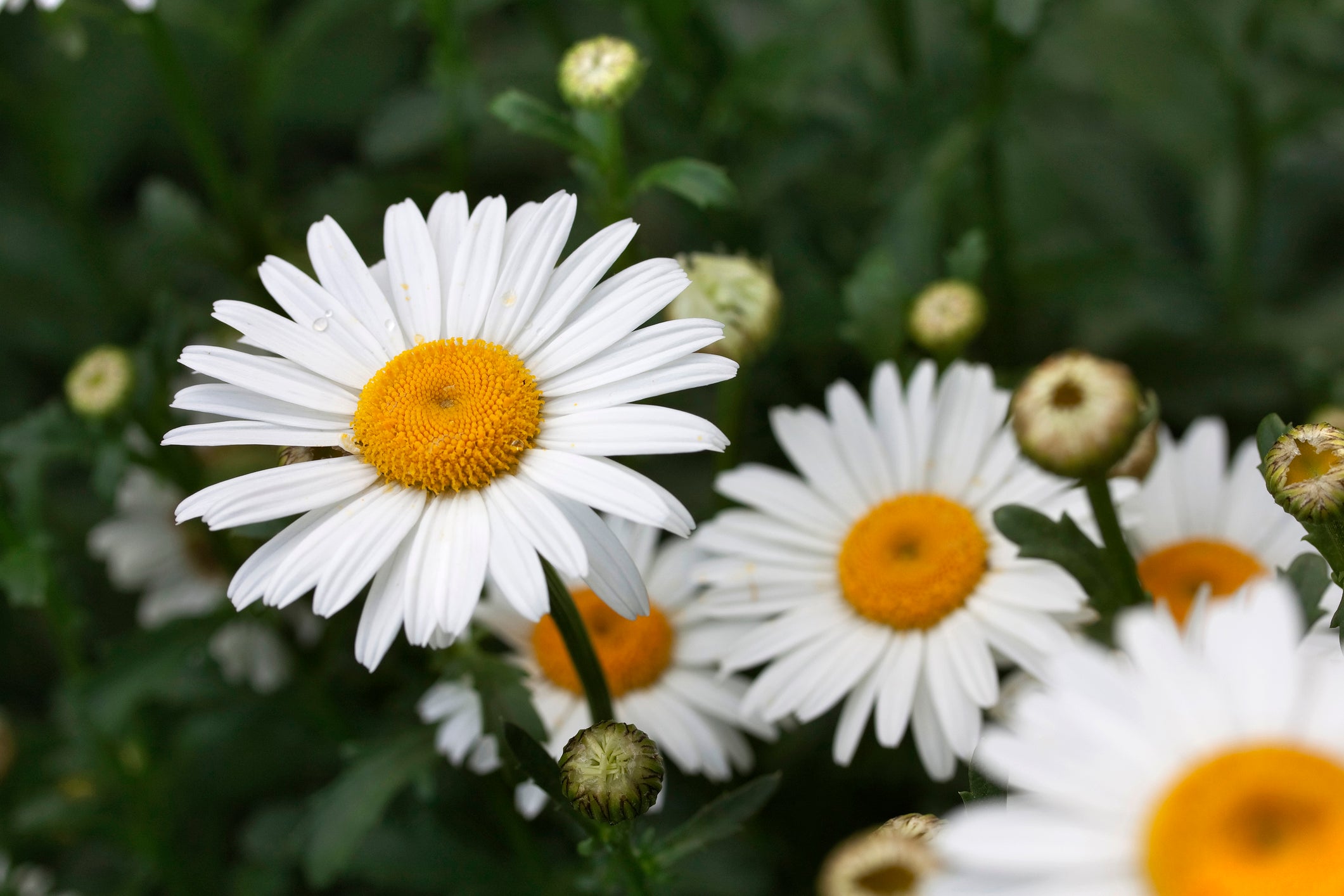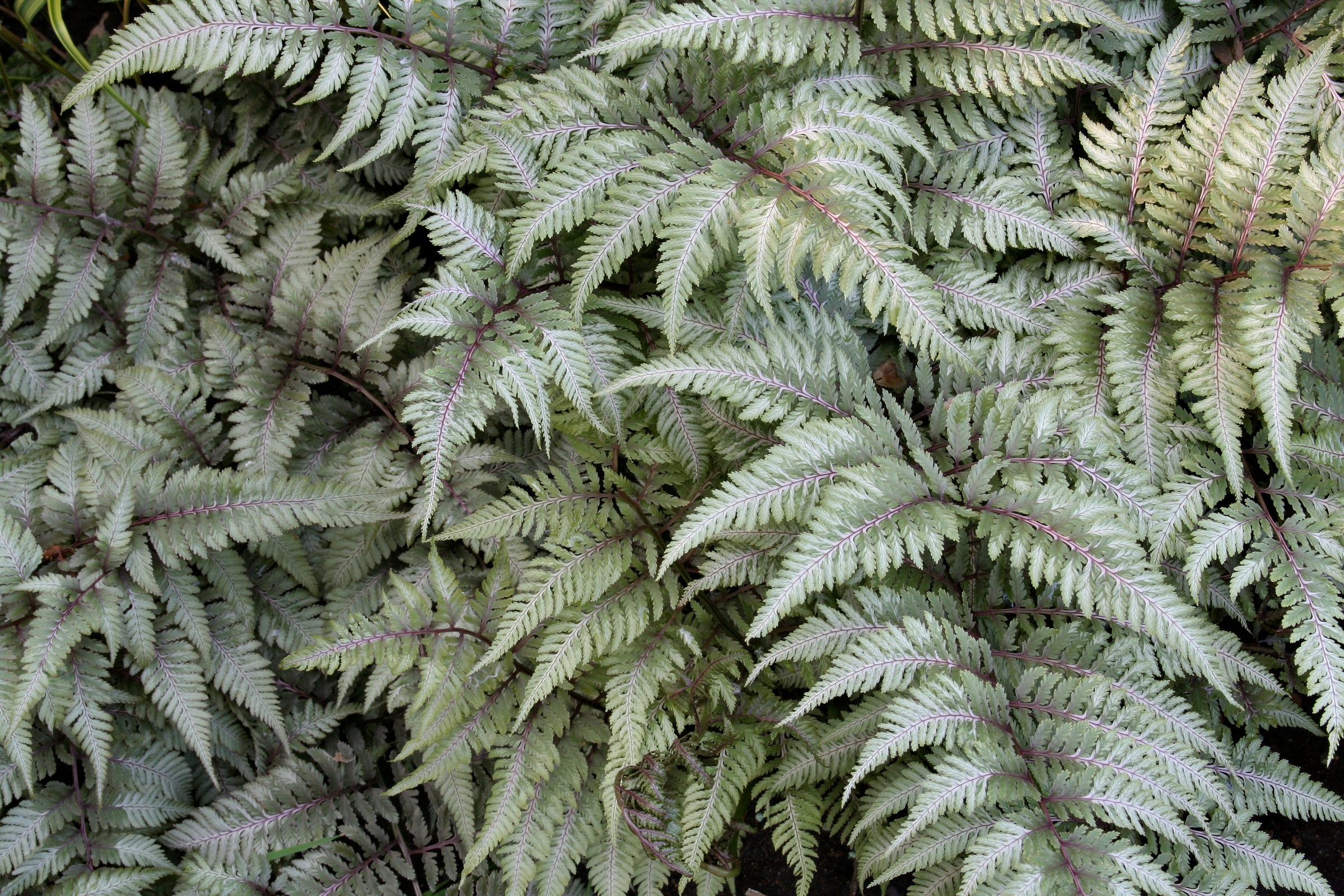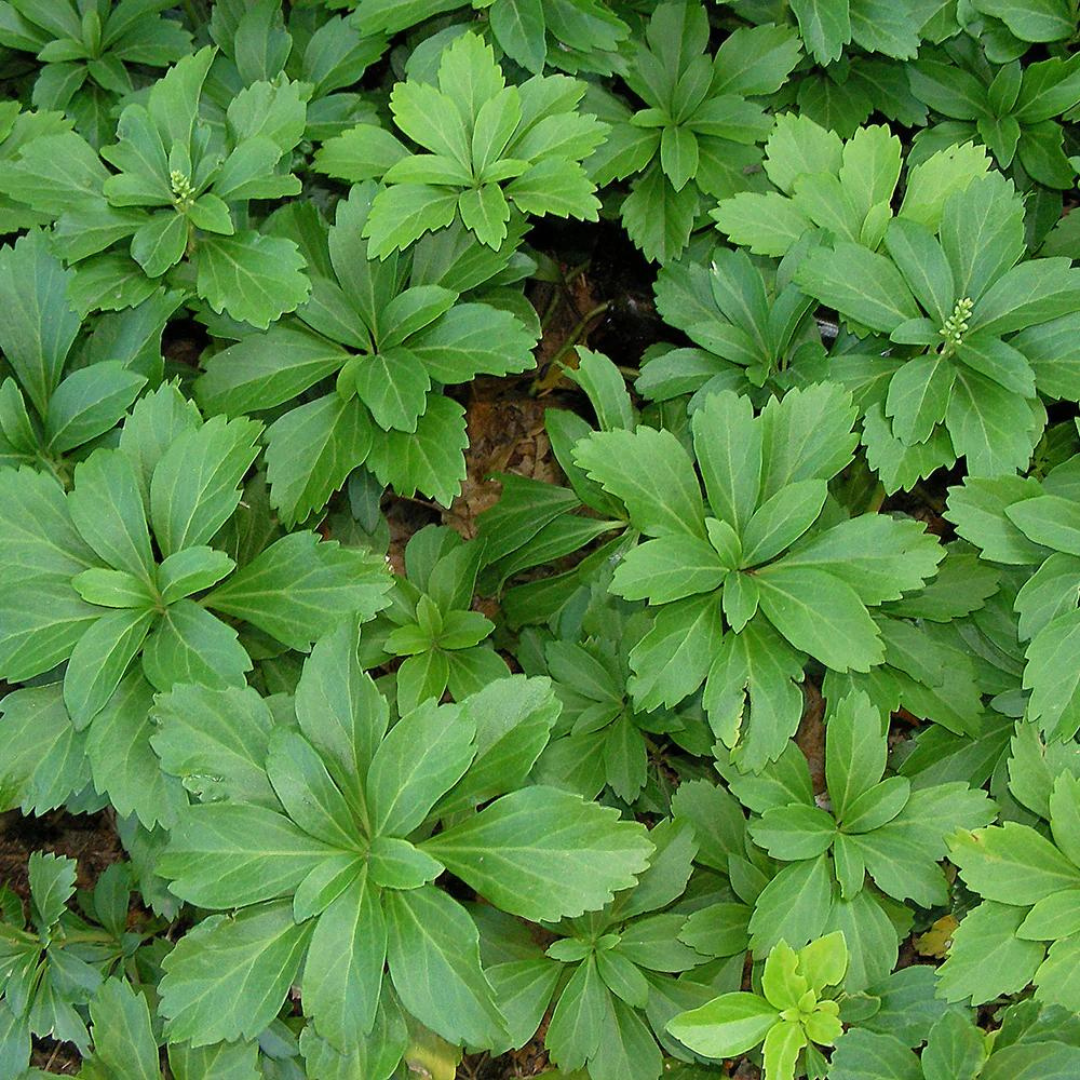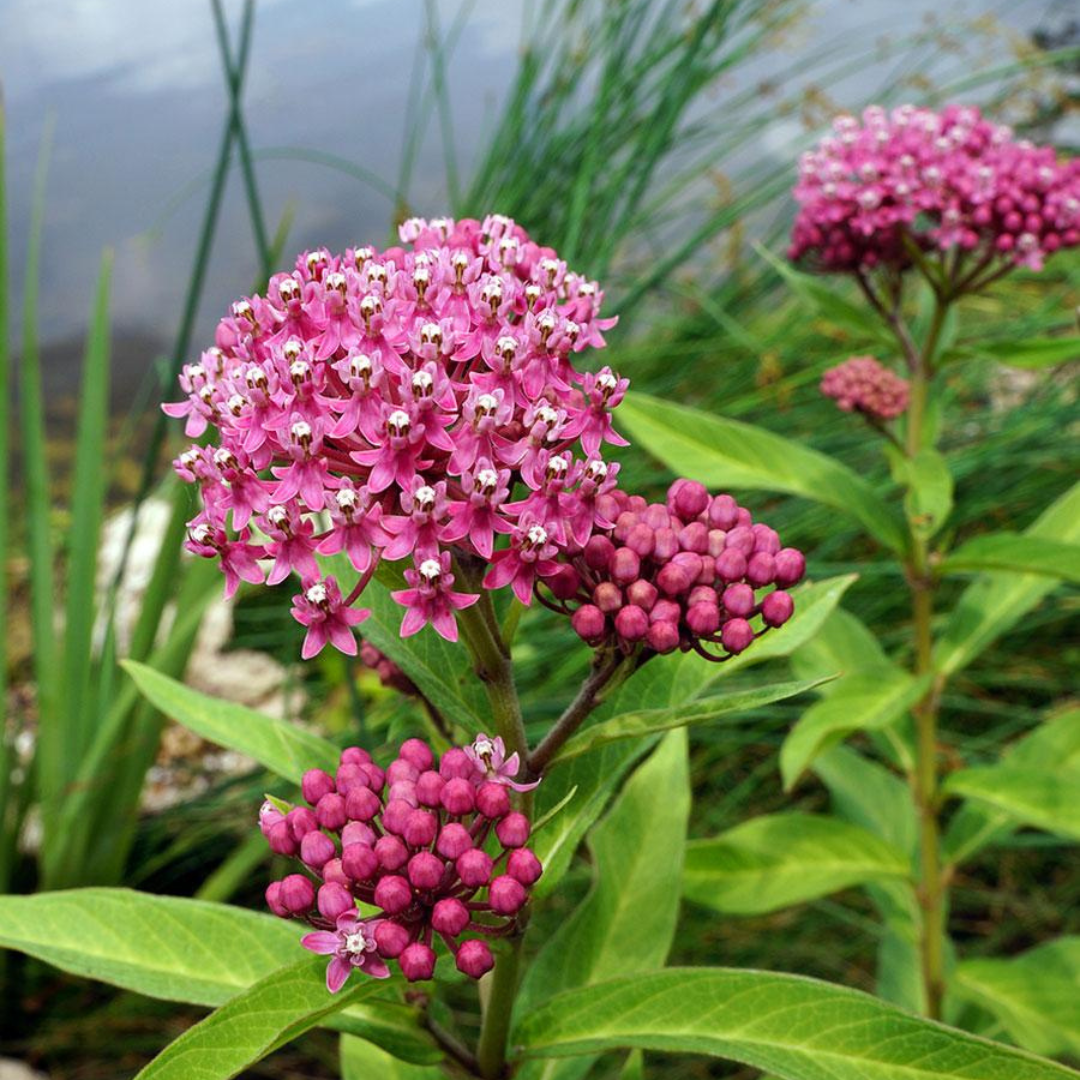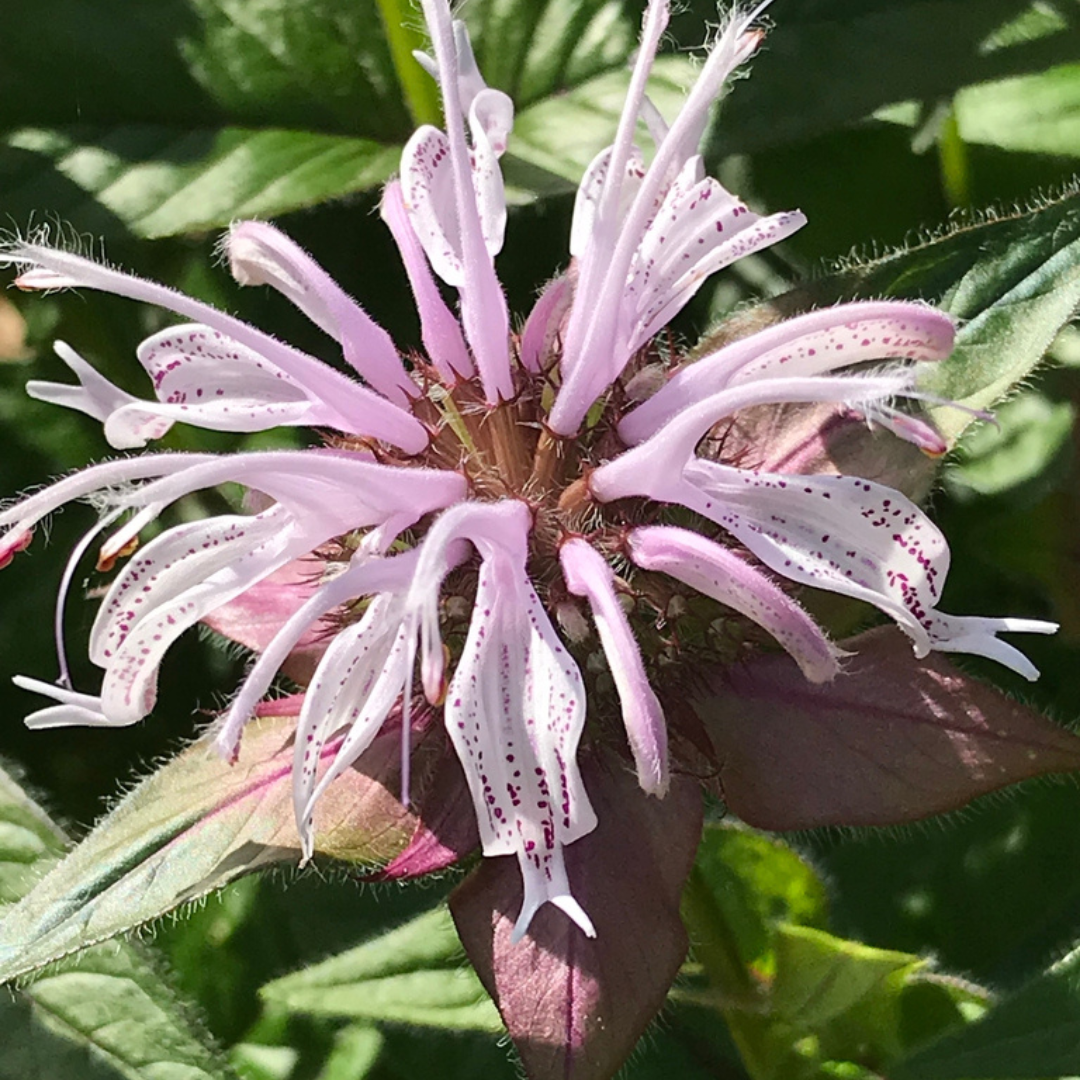
Monarda bradburiana
Add to Wishlist Full Sun
Full Sun
 Partial Sun
Partial Sun
 Deer Resistant
Deer Resistant
 Pollinator Friendly
Pollinator Friendly
- In stock, ready to ship
- Backordered, shipping soon
Monarda bradburiana: A Subtle Wild Beauty in Spring
Softly striking and deeply resilient, Monarda bradburiana, or eastern bee balm, offers a more refined take on the classic Monarda form. Blooming earlier than most, its pale pink to lavender flowers are brushed with darker spotting and rise above handsome, bronzy foliage, making it a graceful choice for naturalistic and native plantings alike.
Plant Characteristics:
- Height: 30–60 cm
- Spread: 40–60 cm, forming compact, clumping mounds
- Flower Colour: Pale pink to lavender with purple speckling
- Flowering Period: Late spring to early summer
- Foliage: Green flushed with burgundy, turning rich shades in autumn
- Sunlight Requirements: Full sun to part shade
- Soil Requirements: Well-drained soil; tolerant of dry or rocky conditions once established
Uses and Benefits: Monarda bradburiana is an excellent choice for early-season pollinator gardens, native borders, and prairie-style designs. It attracts bees, butterflies, and hummingbirds with its nectar-rich blooms, while its clumping habit and drought tolerance make it a tidy and dependable performer. The foliage resists mildew better than many monardas and provides handsome colour well into fall.
Companion Plants: Pair Monarda bradburiana with Amsonia hubrichtii, whose fine, feathery foliage and soft blue flowers provide early contrast and brilliant fall colour. Add Echinacea pallida for a soft-textured, native presence that complements the airy bloom structure. Finish with Schizachyrium scoparium, a native grass that echoes the monarda’s natural prairie habitat and provides movement and winter interest.
Care Instructions: Grow in full sun to light shade in well-drained soil. Once established, it is drought-tolerant and low-maintenance. Deadhead to extend bloom time or leave seedheads for birds and texture. Cut back stems in late fall or early spring. Divide every few years in spring to maintain healthy clumps.
History: Monarda bradburiana is native to central and southeastern North America, where it grows in glades and rocky open woods. It is one of the earliest blooming monardas and is noted for its mildew resistance, tidy habit, and adaptability to lean soils.
Final Thoughts: Understated yet richly rewarding, Monarda bradburiana offers a graceful bridge between spring and summer—welcoming pollinators and garden admirers alike with quiet charm and enduring strength.


